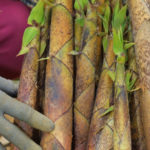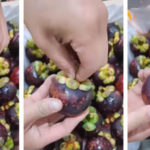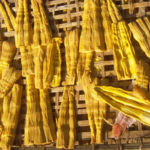Natural Foods That Contain Toxins
Although these foods provide many nutritional benefits, it is important to take precautions when preparing them to remove any harmful toxins:
Cassava (Yucca)
Cassava is a popular food used in various dishes such as boiled dishes, desserts, and traditional sticky rice. It is a good source of resistant starch, making it suitable for weight loss and blood sugar control.
However, raw cassava contains a toxic substance called cyanogenic glycosides (HCN). HCN is potentially fatal in small doses and acts rapidly. The amount of toxin varies depending on the growing conditions and variety of cassava. Bitter and high-yield varieties have higher HCN levels than sweet varieties. The highest concentrations are found in the skin, fibers, and ends of the root.
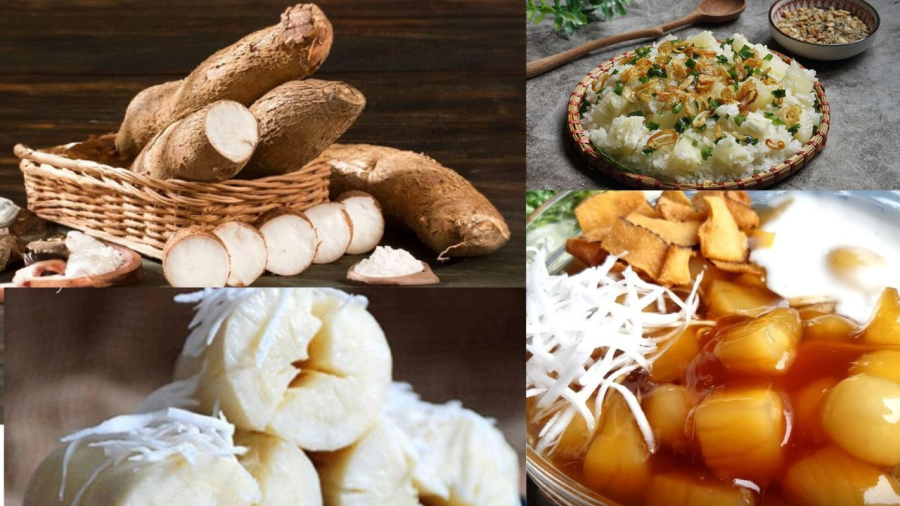
Cassava can be used in many delicious dishes, but proper preparation is essential to remove toxins.
Removing Toxins from Cassava:
– Peel the cassava, soak it in water for several hours, and change the water regularly to remove the toxins. Remove the fibers before cooking.
– Soaking cassava in rice-washing water can also accelerate the removal of toxins.
– Never consume raw cassava; it must be cooked.
– When boiling cassava, keep the pot uncovered to allow the toxins to evaporate.
– Sun-drying cassava reduces toxin levels. If you wish to store cassava long-term, dry it thoroughly. Processing it into tapioca flour involves soaking, filtering, and drying, which further reduces toxins.
– Consuming cassava with sugar or honey helps neutralize any remaining toxins.
Bamboo Shoots
Bamboo shoots are widely used in Vietnamese cuisine, appearing in many traditional dishes. However, like cassava, bamboo shoots contain naturally occurring toxins, including cyanogenic glycosides, which can be lethal. Consuming large amounts of raw or improperly prepared bamboo shoots can have severe consequences.
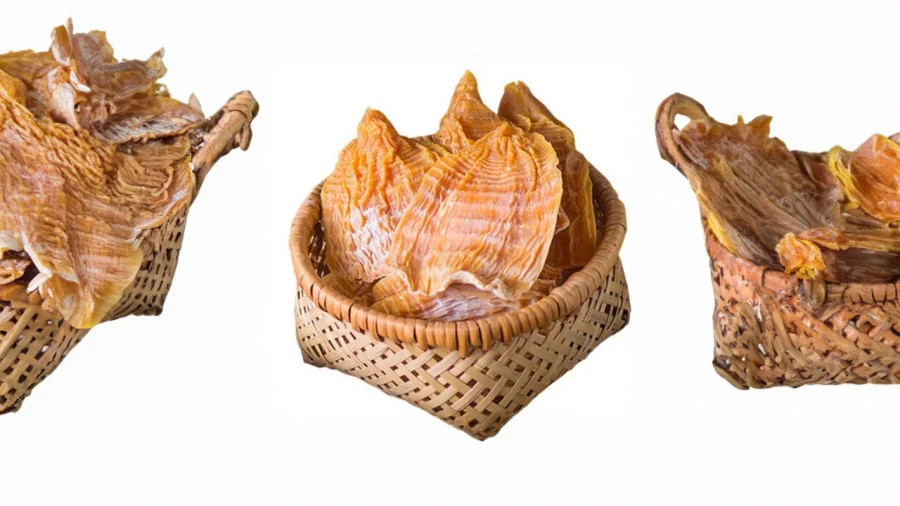
Bamboo shoots are a delicious food item, but proper preparation is crucial.
Removing Toxins from Bamboo Shoots
– After purchasing bamboo shoots, soak them; rice-washing water is recommended. Soaking for several hours is beneficial.
– After soaking, boil the shoots. Keep the pot uncovered to allow toxins to escape. Boil for 3-4 rounds before using.
– Do not consume raw bamboo shoots.
– Discard the water used for soaking until the shoots have been boiled thoroughly.
– Keep the pot uncovered when cooking bamboo shoots.
Furthermore, bamboo shoots are high in indigestible fiber. Avoid consuming large amounts at once. Also, avoid pairing them with preserved persimmons, as this combination can cause digestive issues.
Wood Ear Mushrooms
Wood ear mushrooms are popular in Asian cuisine and known for their medicinal properties, particularly in treating blood clots. They are commonly featured in Vietnamese dishes like spring rolls and noodle soups.
However, fresh wood ear mushrooms contain a light-sensitive toxin called morchellin. Consuming them can cause itching, nausea, vomiting, diarrhea, and even severe allergic reactions, including skin necrosis.
Removing Toxins from Wood Ear Mushrooms
– Never consume fresh wood ear mushrooms, as the toxin is not fully degraded.
– Dry the mushrooms thoroughly in the sun, as sunlight breaks down the toxin.
– Before using, soak the dried mushrooms in water and change the water several times to further remove the toxin.
These foods are delicious and integral to Vietnamese culinary traditions. Home cooks should be aware of proper preparation methods to ensure the safety of their families.
How to Cook Bamboo Shoots for a Tantalizingly Tender Taste Free from Bitterness and Toxins
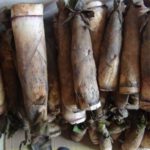 Bamboo Shoots for a Tantalizingly Tender Taste Free from Bitterness and Toxins’>
Bamboo Shoots for a Tantalizingly Tender Taste Free from Bitterness and Toxins’>Struggling to figure out how to safely prepare fresh and flavorful bamboo shoots for a delicious home-cooked meal? XANH Electrical Appliances has got you covered with their in-depth guide containing all the information you need on selecting and processing bamboo shoots as well as addressing any concerns about potential toxic substances.

























